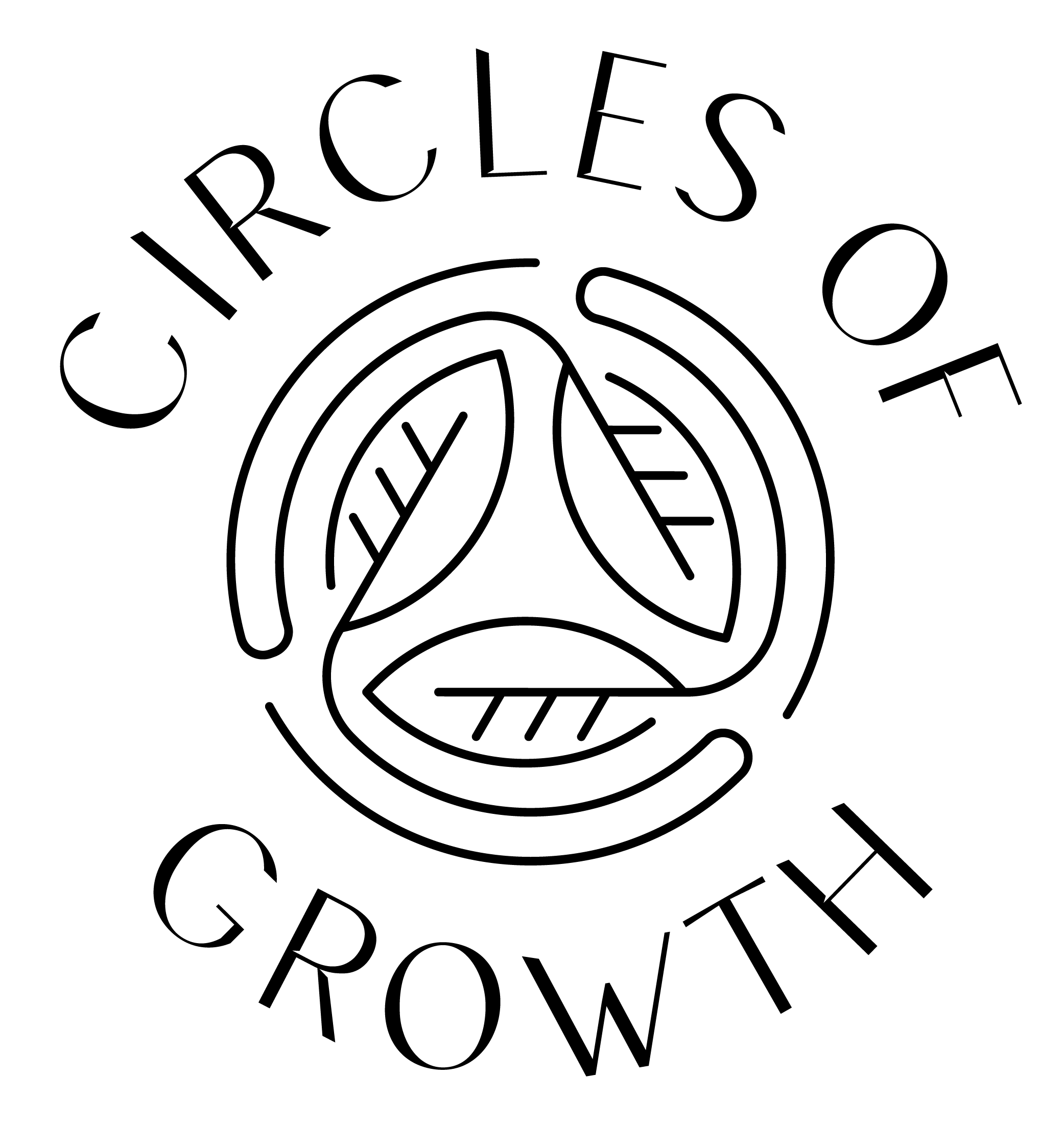But before we can start chasing those dreams, let’s take a moment to understand the key difference between fear and anxiety:
Fear is an emotional reaction to an actual, immediate threat. For instance: Last week I was walking through the village when a snake suddenly slithered over my foot. I froze in fear.
Anxiety, on the other hand, is a mental and physical response to a perceived future threat – one that may not even be real. For instance: Yesterday I was walking through the village again, but this time I was constantly on edge, imagining a snake might appear at any moment. Or: I have an exam in a month, and I’m already anxious I’ll fail.
You can think of fear and anxiety like two teenage best friends – they copy each other, influence each other, and dress and act alike. And like many teenagers, they can get carried away, acting impulsively or irrationally, which tends to drive the “responsible adult” in the room a little crazy.
But here’s the thing: they’re not the same. Remember when the adult would say, “If she jumps off the roof, will you jump too?” Well – no, not necessarily. One might jump, the other might not. But that doesn’t stop them from sticking close together, imitating each other, and stirring up trouble. One pushes the limit; the other backs off. Just like fear and anxiety.
Understanding the distinction is important, because the way we handle and treat fear is different from how we approach anxiety – cognitively, mentally, physically, and emotionally.
And let’s be clear: feeling fear or anxiety isn’t necessarily a bad thing. In fact, in the right measure, it can be useful – even essential. Fear is a deeply ingrained survival mechanism. You’ve probably heard of the fight / flight / freeze response – and it does exactly what it sounds like. (There’s also a fourth response, fawn – appeasement – but we’ll set that aside for now.)
Example: Fight / Flight / Freeze
Imagine a lioness pounces on a zebra. The zebra might respond in one of three ways:
(1)Fight – if it believes it has a chance to overpower the lioness
(2)Flight – if it knows it can’t win and bolts to escape
(3)Freeze – it becomes paralyzed on the spot.
How does this show up in our bodies?
- Fight: jaw clenching, teeth grinding, anger, the urge to lash out, a sensation of being “about to explode”
- Flight: restlessness, tingling in the limbs, overexertion, fidgeting, repetitive movements (like bouncing a leg), dilated pupils
- Freeze: terror, paleness, feeling heavy or cold, drowsiness, pounding heart
So when is it time to address our fears and anxieties?
When they throw our lives off balance. When they hold us back from pursuing our dreams – whether that dream is simply “being content with my life” or something more ambitious like climbing Mount Everest. (And let’s be honest – for some of us, Everest might be easier than inner peace. It’s all relative. A dream doesn’t have to be big. It might mean developing healthier eating habits, or finally keeping that coffee date with a friend instead of canceling at the last minute). Or maybe we just have the time, the privilege, and the willingness to start this process – for our own sake.


So… what does this have to do with COVID?
Right now, nearly all of us are consumed with COVID, and that intense focus is throwing our sense of proportion out of balance. (Cue anxiety.) I don’t say this with judgment, quite the opposite. This hyperfocus on the pandemic has a way of unlocking other buried fears and inner conflicts we’ve been carrying for a long time. Things like: wanting to change jobs, wishing to start a new hobby or class, feeling lonely, coping with a breakup, worrying about physical safety, fearing we won’t have enough fresh food, obsessing over germs, etc.
So how can we soothe these two dramatic besties: fear and anxiety?
- “Thought swaps” – Replace a stressful thought with a comforting one. For example: I’m on a flight and scared of crashing. Every time that thought pops up, I replace it with an image of myself at my destination: sipping from a coconut under the sun, gazing at turquoise water.
- Meditation or guided imagery cards
- Guided visualization videos (You can find many on YouTube)
- Laughter exercises
- Strengthen your belief in the good
If you have questions, thoughts, or just something on your mind – I’d love to hear from you. Feel free to share below.




